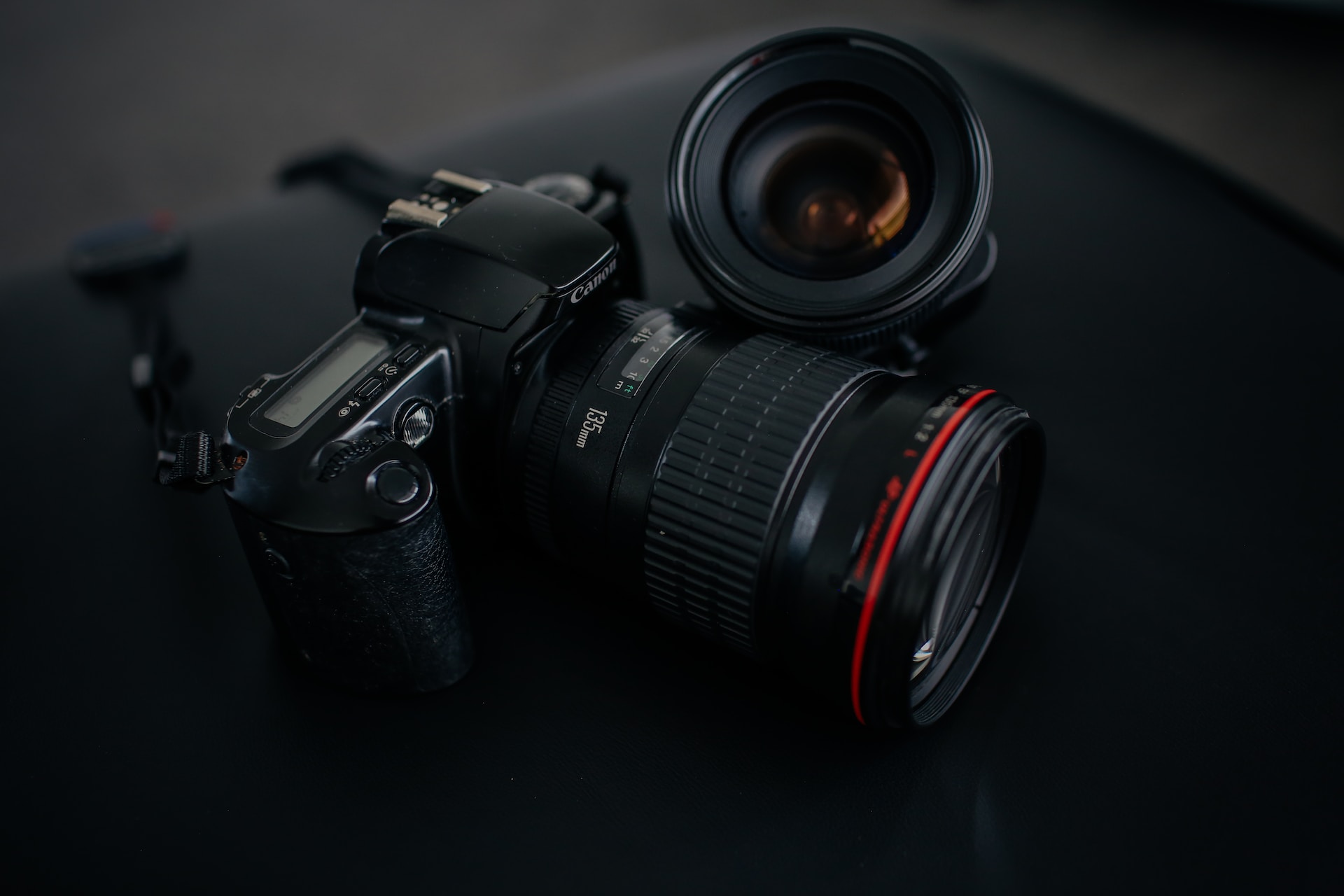

Why Real Estate Photography Matters
At the heart of every successful real estate listing, a powerful tool drives engagement: high-quality real estate photography. This specialized branch of photography focuses on capturing properties in a way that highlights their best features, engages potential buyers, and expedites the sale process. Property images often form a buyer’s first impression, making professional real estate photography an indispensable asset for agents and sellers alike. It transcends mere documentation; it transforms a listing into an inviting visual story, compelling viewers to take the next step towards a showing or an offer. Smart real estate professionals understand that exceptional photos don’t just look good—they actively sell properties.
The Basics of Real Estate Photography
Real estate photography demands a specific set of skills and equipment. You need a good camera, the right lens, a sturdy tripod, and a knack for capturing spaces in their best light. But it doesn’t stop there; understanding your camera settings and knowing how to edit your photos are just as critical. Many photographers also incorporate advanced techniques like bracketing and HDR (High Dynamic Range) to capture a wider range of light and shadow, ensuring every detail stands out. These methods help overcome challenging lighting conditions often found in interiors, delivering a balanced and professional image.
Most real estate photographers opt for a digital single-lens reflex (DSLR) or mirrorless camera for its high-quality image output and superior low-light performance. A wide-angle lens is also essential, as it allows you to capture more of a room or outdoor space in a single shot without distortion.
Once you have the equipment, delve into camera settings. You must understand how to adjust the ISO for sensitivity to light, aperture for depth of field, and shutter speed to control motion blur and exposure, ensuring you get the best possible shot every time. Mastering these fundamentals empowers you to adapt to diverse property types and lighting conditions.
Find out more about realtors in Caledon
Related Article: What are Some Real Estate Photography Trends and Innovations?
Related Article: What is the Best Time to Shoot Real Estate Photos?
Lighting in Real Estate Photography
Lighting can make or break your real estate photos. Good lighting enhances a property’s features and creates an inviting atmosphere. It can also make spaces look larger and more open, highlighting architectural details and the flow of a home. On the other hand, poor lighting can hide a property’s potential and make spaces feel small and cramped, discouraging prospective buyers.
For interior shots, take advantage of natural light as much as possible. Open curtains and blinds and schedule your shoot during the day when sunlight fills the rooms. You may also need to use artificial lighting, like flashes or continuous lights, to eliminate dark corners or highlight specific features, ensuring consistent and appealing illumination throughout the property.
For exterior shots, consider the best time of day to capture the property. Sunrise or sunset, often called “golden hour,” can create a stunning, warm glow that adds significant curb appeal, while midday lighting may cause harsh shadows and flatten the image. Always assess the sun’s position to capture the property at its most flattering.
Related Article: Do Estate Agents Charge for Photos?
Related Article: What are Some Lighting Tips for Interior and Exterior Real Estate Photography?
Composition and Framing Techniques
Composition and framing are crucial in real estate photography. They determine how you present the property and what elements you choose to emphasize or downplay, guiding the viewer’s eye through the space and telling a compelling story.
When shooting interiors, try to include three walls in your frame to give depth and perspective, making the room feel more expansive and realistic. Avoid capturing unnecessary elements like doors or windows leading out of the room that might distract. Instead, focus on key features, such as a fireplace, a beautiful kitchen island, or built-in shelving, showcasing the property’s unique selling points.
For exterior shots, capture the home from an angle rather than straight on. This approach gives depth and context, showing how the house sits on its lot and its relation to surrounding features like landscaping or a well-maintained garden. Pay attention to the rule of thirds, positioning the home within the frame for a balanced and visually appealing image.
Related Article: How Do I Schedule and Prepare for a Real Estate Photo Shoot?
Related Article: How Does Drone Photography Contribute to Real Estate Marketing?
The Importance of Staging
Staging plays a vital role in real estate photography. It’s about arranging furniture and décor to make a property more appealing to potential buyers, allowing them to visualize themselves in the space. Proper staging significantly impacts how photos are received.
Staging can enhance a property’s look and feel, showcasing its potential and helping buyers imagine themselves living there. It can transform a vacant property into a warm, inviting home or turn a cluttered, lived-in home into a clean, spacious retreat. Thoughtful staging emphasizes the property’s best attributes and minimizes any drawbacks, creating an aspirational vision for viewers.
As a real estate photographer, you may not always have control over staging. However, you can make small adjustments before you start shooting. For instance, remove distracting items, straighten cushions, or arrange decor in a visually pleasing way. These minor tweaks can make a big difference in the final photo’s impact and appeal.
Post-Production Process
Once you’ve captured your photos, the post-production process begins. This is where you enhance your photos and bring out the property’s best features, transforming raw images into polished, professional assets ready for listing.
Most real estate photographers use software like Adobe Lightroom or Photoshop to edit their photos. This software allows you to adjust exposure, contrast, white balance, straighten lines, and more, ensuring every image looks crisp and vibrant. Advanced techniques include compositing multiple exposures for perfect lighting in every part of the image.
The aim of the post-production process is to make your photos look as good as possible without misrepresenting the property. For instance, you can brighten a dark photo to show more detail, but you shouldn’t edit a photo to the extent that it alters the property’s appearance or misleads potential buyers. Maintain realism while enhancing visual appeal.
The Real Estate Photography Business
Building a successful real estate photography business involves more than just mastering the technical aspects of photography. It also requires understanding the real estate industry, developing excellent customer service skills, and marketing your services effectively to attract a steady stream of clients.
Understanding the real estate industry helps you align your services with the needs of your clients. For example, if you understand that real estate agents often need photos quickly for new listings, you can offer a quick turnaround time as part of your service, becoming an invaluable partner to busy agents. Offer packages that cater to different listing needs.
Customer service is also important in the real estate photography business. Strive to provide excellent service to your clients, from being punctual and professional at shoots to delivering high-quality photos on time. Clear communication and a reliable service build trust and secure repeat business and referrals.
Lastly, marketing your services effectively can help you attract more clients. Showcase your portfolio prominently on your website or social media, use search engine optimization (SEO) to attract clients online, or network with local real estate professionals to build relationships and get referrals. Strong marketing efforts translate directly into a thriving business.
The Legal Aspects of Real Estate Photography
As with any business, consider legal aspects in real estate photography. These include understanding copyright issues, addressing privacy concerns, and mitigating potential liability issues to protect your business and your clients.
As the photographer, you typically own the copyright to your photos. However, your clients will expect to use the photos for their own marketing purposes. It’s essential to clarify these usage rights and licensing agreements in your contract to avoid misunderstandings and protect both parties.
Privacy concerns can arise when photographing a property, particularly if it’s still occupied. Respect the occupants’ privacy; avoid capturing personal items, identifiable features, or anything that could compromise their security in your photos. Discuss privacy expectations with homeowners beforehand.
Lastly, liability issues can arise if you accidentally damage the property during your shoot or if your photos inadvertently cause a dispute. Consider getting professional liability insurance to protect yourself and your business in such scenarios, ensuring peace of mind and financial security.
Conclusion – The Power of Real Estate Photography
Real estate photography is an exciting and dynamic field that requires both technical skills and business acumen. By mastering the art of capturing properties, understanding the real estate industry, providing excellent customer service, and effectively marketing your services, you can build a successful real estate photography business.
The goal is not just to take beautiful photos, but to create images that highlight a property’s best features, engage potential buyers, and help sell the property quickly. Professional real estate photography is an investment that yields significant returns for sellers and agents, dramatically increasing listing appeal and market speed. With time, practice, and dedication, you can become a trusted partner to real estate professionals and a crucial part of the property selling process, truly unlocking a property’s visual potential.


